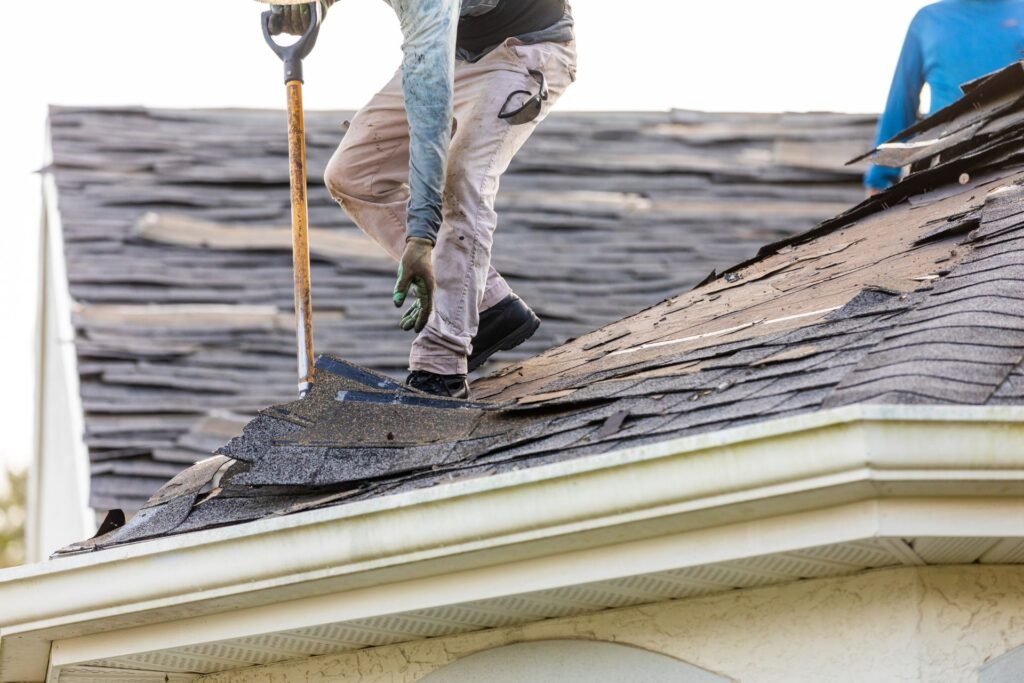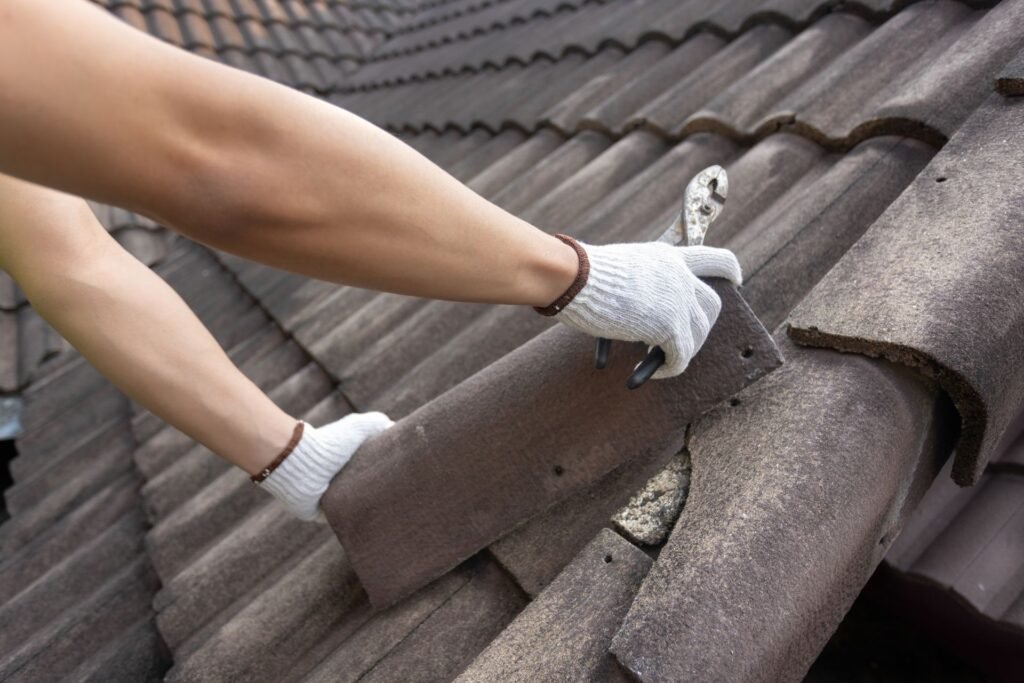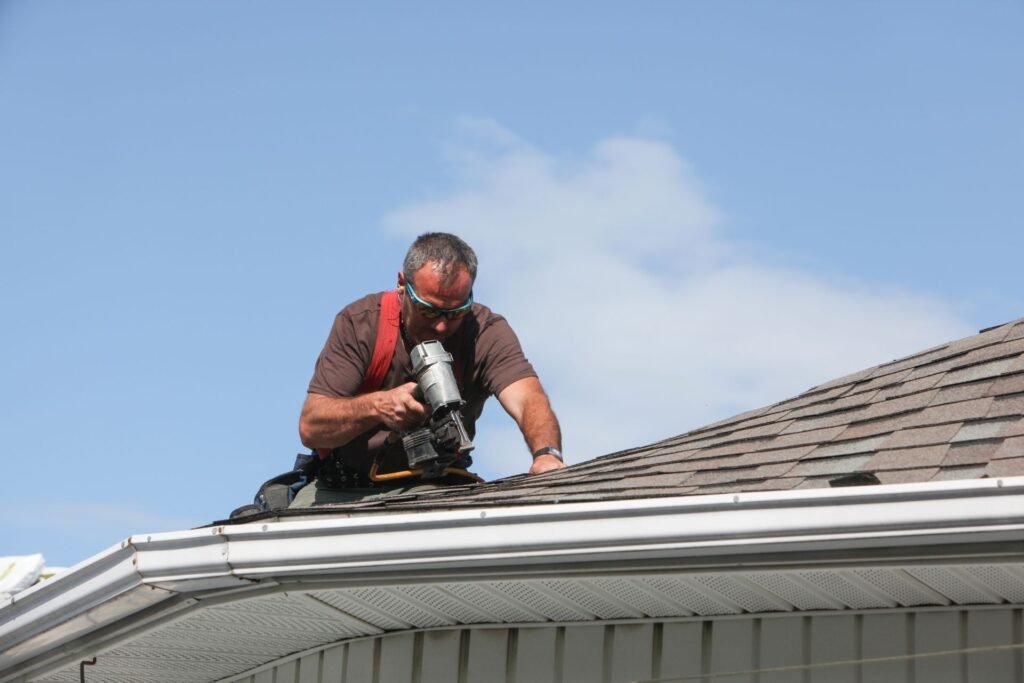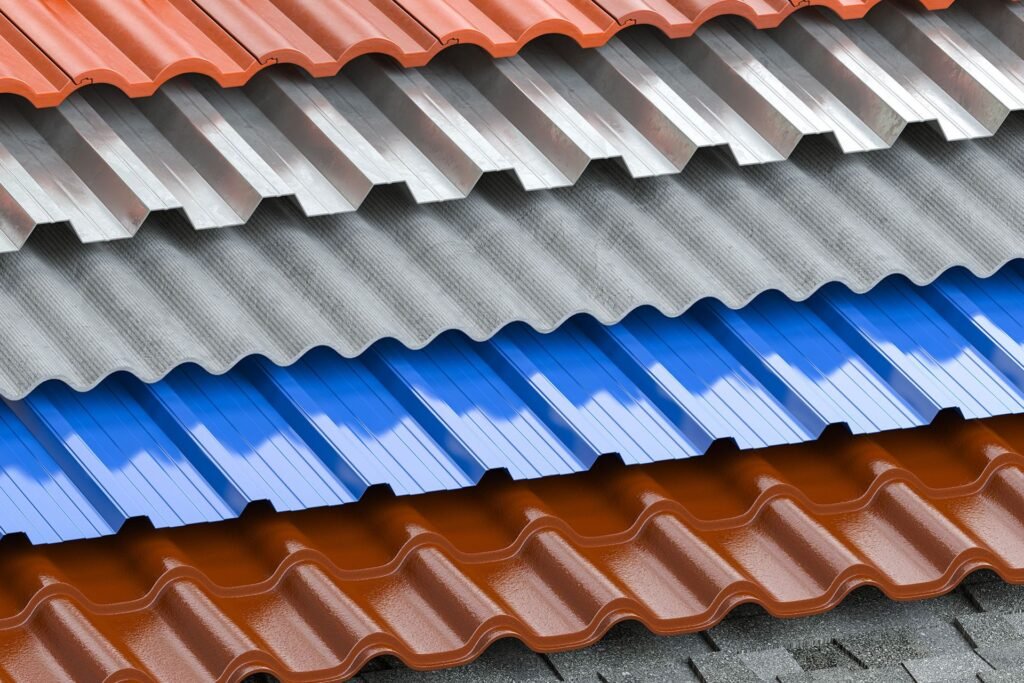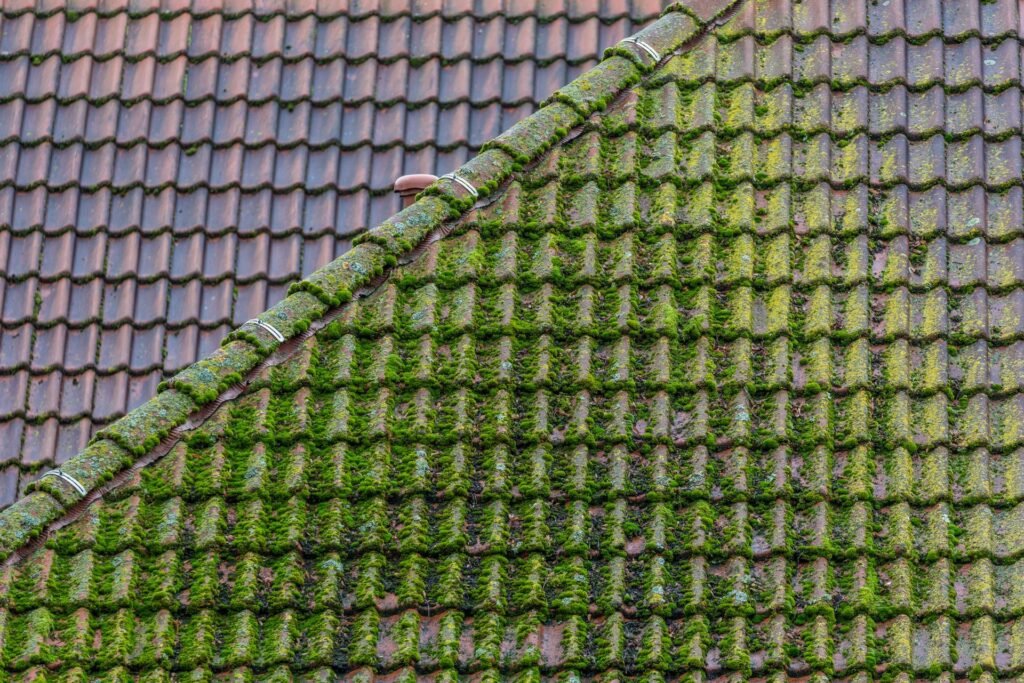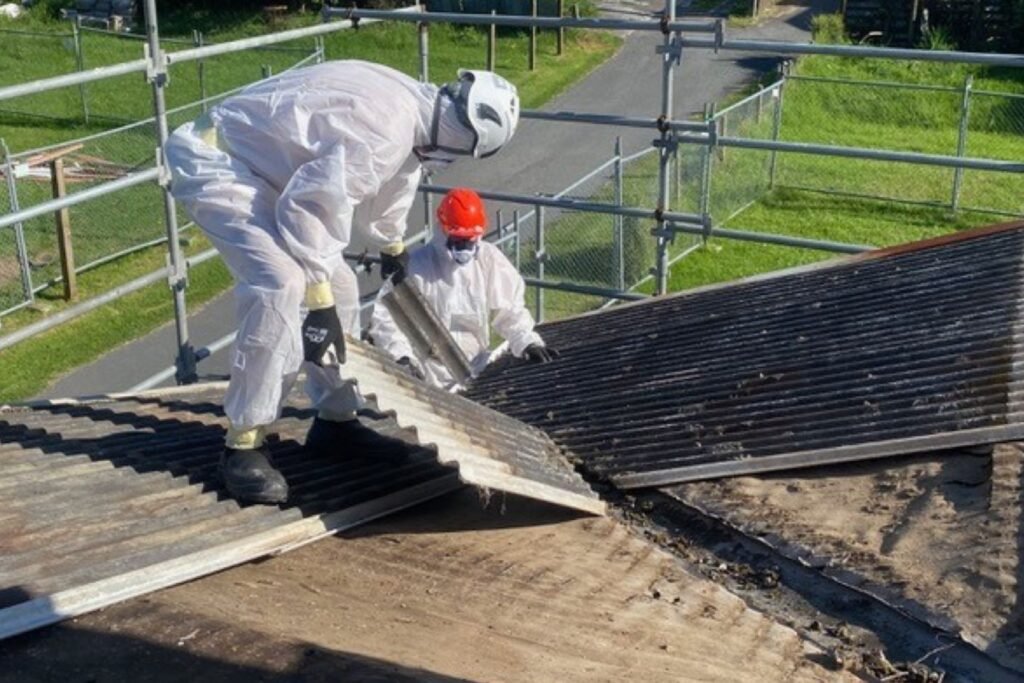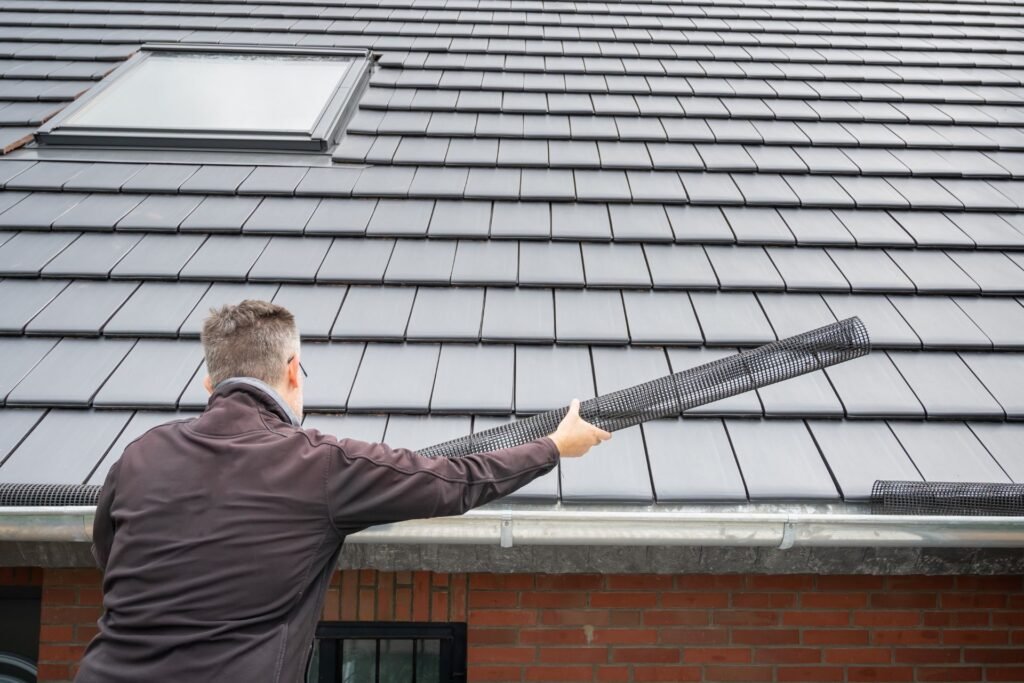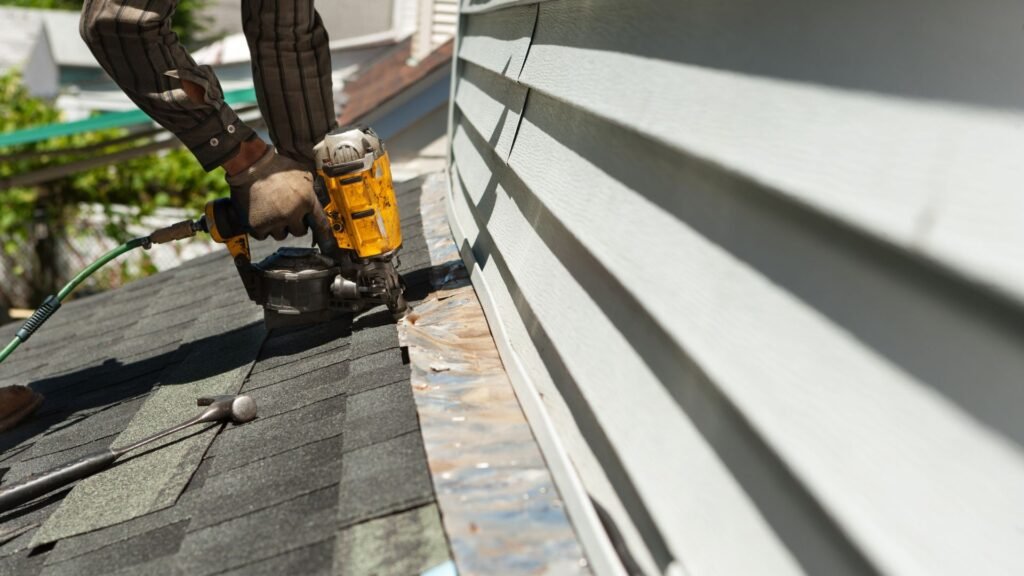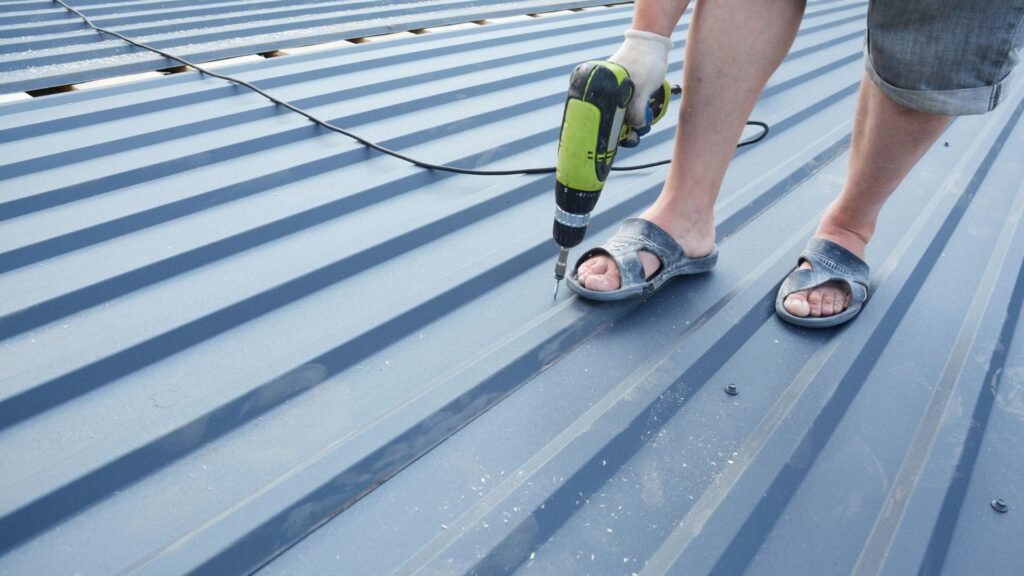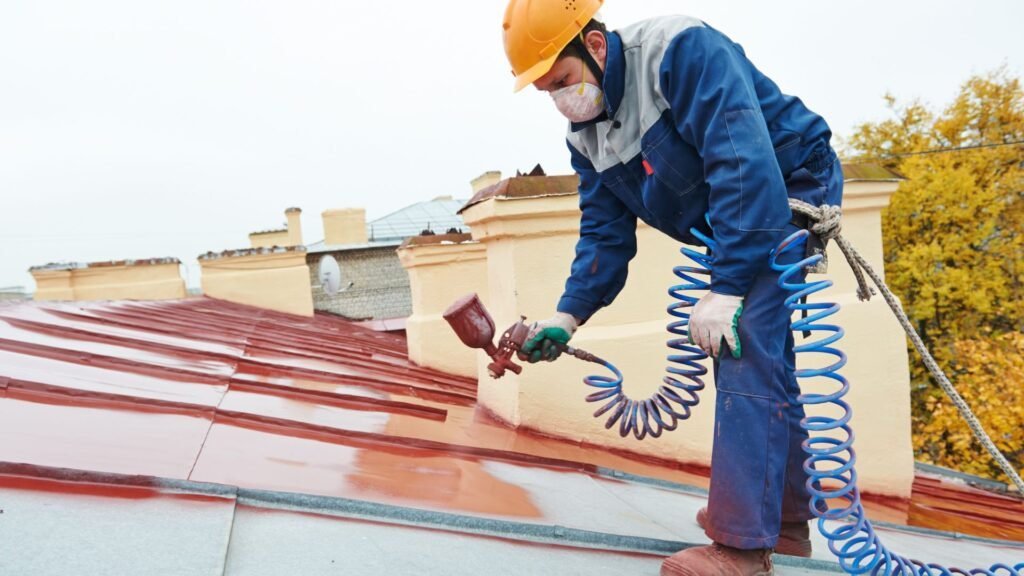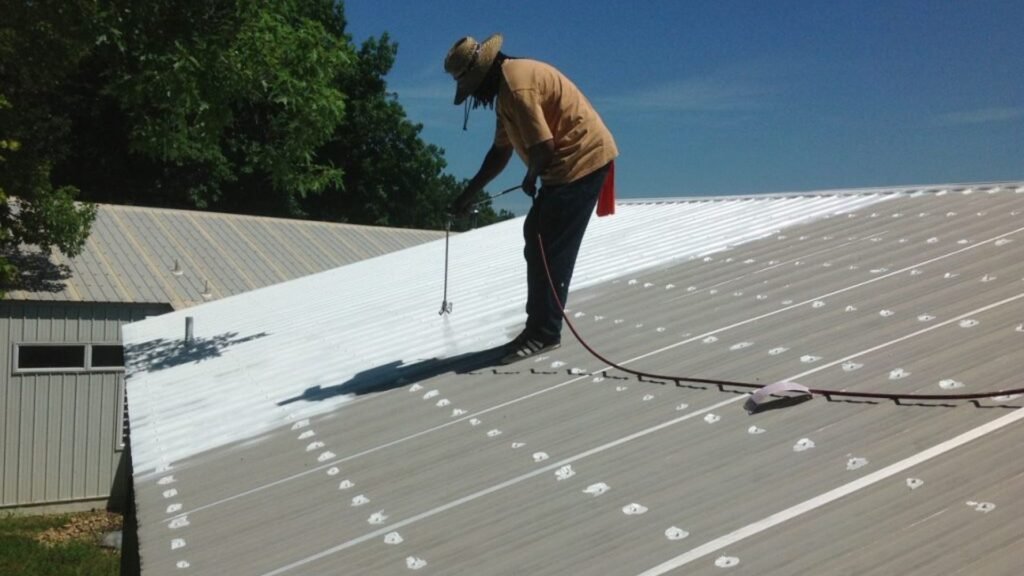Welcome to our comprehensive guide on roof replacement costs in New Zealand! Whether you’re dealing with an aging roof that’s seen better days or planning a much-needed upgrade to improve your home’s value and safety, understanding the factors that influence the cost of a roof replacement is crucial. In this article, we will explore the various elements that contribute to the overall expense, including material choices, labor, roof size and complexity, and additional costs. By the end, you’ll have a clear picture of what to expect, how to budget, and the best practices for ensuring your roof replacement is both cost-effective and high-quality. Let’s dive into everything you need to know to make informed decisions and protect your home for years to come.
On average, the cost of roof replacement in New Zealand ranges between $10,000 and $25,000. This price can vary based on factors such as the type of roofing material, labor costs, roof size and complexity, and additional expenses like structural repairs and permits. Asphalt shingles and metal roofing are generally more affordable, while tile and other premium materials can drive up the overall cost. To get an accurate estimate, homeowners should obtain multiple quotes from reputable contractors and consider the specific needs of their home. Regular maintenance can help extend the life of a roof, potentially delaying the need for replacement.
Table of Contents
Why Roof Replacement Is Necessary
When it comes to maintaining a safe and secure home, the condition of your roof is paramount. Roof replacement is not just a cosmetic upgrade; it’s a critical aspect of home maintenance that ensures the integrity of your entire structure. Let’s delve into why roof replacement is necessary, identifying the signs that indicate it’s time for a new roof, and understanding the serious consequences of postponing this essential task.
Signs You Need a Roof Replacement
Your roof is your home’s first line of defense against the elements, and like any protective shield, it will eventually show signs of wear and tear. Here are some key indicators that your roof may be due for replacement:
- Leaks: One of the most obvious signs that your roof needs attention is water leakage. If you notice water stains on your ceiling or walls, it’s likely that your roof is no longer providing the protection it should. Ignoring leaks can lead to more severe water damage, including mold growth and compromised structural integrity.
- Sagging: A sagging roof is a clear sign of significant structural damage. This could be due to a weakened roof deck, deteriorated supports, or excessive weight from accumulated water or snow. A sagging roof is not only unsightly but also dangerous, as it could collapse if not addressed promptly.
- Missing Shingles: Shingles are designed to protect your roof from moisture and wind. If you notice missing shingles, your roof is vulnerable to water infiltration and wind damage. This issue is particularly concerning in areas prone to heavy rain or storms. Replacing a few shingles might be a temporary fix, but if the problem is widespread, a full roof replacement may be necessary.
- Aging: Even if your roof isn’t showing obvious signs of damage, its age can be a determining factor. Most roofs have a lifespan of 20-25 years. If your roof is approaching or has exceeded this age, it’s wise to consider a replacement before more severe problems arise.
Consequences of Delaying Roof Replacement
Delaying a roof replacement might seem like a cost-saving measure in the short term, but it can lead to far more significant expenses and risks down the road. Here’s why putting off a roof replacement is not advisable:
- Potential Damage to the Structure: A compromised roof can allow water to seep into the wooden beams and supports that form your home’s structure. Over time, this moisture can lead to rot, weakening the entire framework of your home. What starts as a simple roof repair could escalate into a costly structural renovation if left unattended.
- Increased Costs: While it may seem cheaper to patch up your roof than to replace it, ongoing repairs can quickly add up. Additionally, if you wait too long, the damage could extend beyond the roof itself, affecting other parts of your home like insulation, ceilings, and walls. Replacing your roof sooner rather than later can save you money in the long run by preventing more extensive damage.
- Safety Hazards: A deteriorating roof is not just an aesthetic concern; it’s a safety hazard. Loose or missing shingles can fall off, potentially injuring someone. A weakened roof structure increases the risk of collapse, especially during extreme weather events like heavy snowfall or high winds. Protecting your family and visitors from these dangers should be a top priority.
In summary, roof replacement is a necessary step in maintaining the safety, functionality, and value of your home. Recognizing the signs of a failing roof and understanding the consequences of delaying replacement can help you make informed decisions that protect your investment and ensure the longevity of your home.

Factors Influencing Roof Replacement Costs In NZ
When it comes to replacing a roof in New Zealand, various factors contribute to the overall cost. Understanding these elements can help homeowners make informed decisions and budget effectively. Let’s break down the key factors that influence roof replacement costs in NZ.
Material Costs
The choice of roofing material is one of the most significant factors affecting the cost of roof replacement. Different materials not only have varying price points but also offer distinct advantages and longevity. Here are some common roofing materials used in New Zealand:
- Asphalt Shingles: A popular choice due to their affordability and ease of installation. They offer good weather resistance and come in a range of colors and styles. However, they may not last as long as other materials, which could mean higher long-term costs.
- Metal Roofing: Known for its durability and low maintenance, metal roofing is becoming increasingly popular in NZ. While the initial cost is higher than asphalt shingles, metal roofs often last longer and can withstand extreme weather conditions.
- Tiles: Whether concrete or clay, tiles are a premium roofing material known for their aesthetic appeal and longevity. However, they are heavier and more expensive to install, requiring additional structural support in some cases.
Each of these materials comes with its own price range and lifespan, so it’s important to consider both the initial costs and the long-term value they offer.
Labor Costs
Labor is another significant component of roof replacement costs, and these can vary widely depending on several factors:
- Regional Differences: In New Zealand, labor costs can differ significantly between regions. For example, labor might be more expensive in major cities like Auckland and Wellington compared to smaller towns and rural areas. This variation is due to factors like demand, cost of living, and availability of skilled workers.
- Experience and Expertise: The skill level and experience of the roofing contractor can also influence labor costs. Highly experienced roofers with specialized expertise may charge more, but their work often results in better quality and fewer issues in the long run. Choosing a contractor with the right balance of experience and reasonable pricing is crucial.
Roof Size and Complexity
The size and complexity of your roof directly affect the replacement cost. Larger and more complex roofs require more materials and labor, which drives up the cost.
- Calculating Roof Area: A simple method to estimate your roof area is to measure the length and width of your house and multiply them to get the base area. For more complex shapes, dividing the roof into smaller sections and calculating each area before summing them up can give a more accurate estimate.
- Complex Roof Designs: Roofs with multiple levels, steep pitches, or additional features like skylights and chimneys are more challenging to replace. These complexities often require more time, specialized skills, and extra materials, all of which add to the overall cost.
Additional Costs
Beyond materials and labor, several additional costs can arise during a roof replacement:
- Removal of Old Roof: Before installing a new roof, the old one must be removed. This process can incur additional costs for disposal and recycling. In some cases, there might be fees associated with the removal of hazardous materials, like asbestos.
- Structural Repairs: During the replacement process, underlying structural issues might be uncovered. Fixing these problems, such as rotten wood or damaged insulation, can add unexpected costs to the project.
- Permits and Inspections: Depending on your location in New Zealand, obtaining the necessary permits for roof replacement may be required. Additionally, post-installation inspections may be necessary to ensure compliance with local building codes. Both permits and inspections come with associated fees.
Understanding these factors allows homeowners to plan more effectively for roof replacement costs in NZ. By considering material options, labor, roof complexity, and potential additional expenses, you can ensure that your roofing project stays within budget while meeting your needs and preferences.

Cost Breakdown For Different Roofing Materials
When considering a roofing project, one of the most critical factors to evaluate is the cost. Understanding the cost breakdown for different roofing materials not only helps in budgeting but also in choosing the most suitable option for your specific needs. This section will provide an in-depth analysis of the costs associated with various roofing materials commonly used in New Zealand, including their pros and cons.
Asphalt Shingles
Average Cost
Asphalt shingles are among the most popular roofing materials due to their affordability. The average cost of asphalt shingles, including materials and installation, can range from $80 to $100 per square meter. However, the final cost may vary depending on the quality of the shingles and the complexity of the roof design.
Pros and Cons
- Durability: Asphalt shingles typically last between 15 to 30 years, depending on the climate and maintenance. While they are not the most durable option, their lifespan is sufficient for many homeowners.
- Aesthetic: Available in a variety of colors and styles, asphalt shingles can complement various architectural designs. Their versatility makes them a popular choice for residential properties.
- Maintenance: Asphalt shingles are relatively low-maintenance. However, they can be prone to damage from extreme weather conditions, such as heavy winds or hail, which may require occasional repairs.
Metal Roofing
Average Cost
Metal roofing is known for its longevity and durability, but these benefits come at a higher cost. On average, metal roofing materials and installation can cost between $150 to $250 per square meter. The price varies depending on the type of metal used (e.g., steel, aluminum, copper) and the complexity of the roof.
Pros and Cons
- Longevity: One of the biggest advantages of metal roofing is its long lifespan, often exceeding 50 years with proper maintenance. This makes it a cost-effective choice in the long run.
- Energy Efficiency: Metal roofs reflect solar radiant heat, which can reduce cooling costs by 10-25%. This energy efficiency makes metal roofing an attractive option for eco-conscious homeowners.
- Noise: One potential drawback of metal roofing is the noise it can generate during rain or hailstorms. While insulation can mitigate this issue, it’s something to consider if noise is a concern.
Tile Roofing
Average Cost
Tile roofing, including both clay and concrete tiles, is often associated with a higher upfront cost. The average cost ranges from $200 to $300 per square meter, depending on the type of tile and the complexity of the installation.
Pros and Cons
- Aesthetic: Tile roofing is highly regarded for its classic and elegant appearance, often enhancing the curb appeal of a home. It’s especially popular in Mediterranean and Spanish-style architecture.
- Weight: One of the significant drawbacks of tile roofing is its weight. Roof structures must be reinforced to support the heavy tiles, which can add to the overall cost of the project.
- Fragility: While tiles are durable, they can be fragile and prone to cracking if subjected to heavy impact, such as from falling tree branches or severe hailstorms.
Other Materials
Brief Overview
In addition to the more common roofing materials, there are other options available, such as slate and wood shingles. Each of these materials has its own cost and suitability depending on the specific climate and house style in New Zealand.
- Slate: Slate roofing is one of the most durable and long-lasting options, with a lifespan of over 100 years. However, it’s also one of the most expensive, with costs ranging from $300 to $600 per square meter. Slate is ideal for homes with steep roofs and in regions with harsh weather conditions.
- Wood Shingles: Wood shingles, often made from cedar, offer a natural and rustic aesthetic. They cost between $150 and $250 per square meter. Wood shingles are best suited for homes in areas with a dry climate, as they require regular maintenance to prevent issues like mold and rot in more humid conditions.
Cost and Suitability
When choosing a roofing material, it’s essential to consider both the initial cost and the long-term benefits. Some materials, like metal and slate, offer longevity and low maintenance, making them suitable for those looking for a long-term investment. On the other hand, materials like asphalt shingles and wood may be more affordable initially but require more frequent maintenance and replacements, particularly in New Zealand’s diverse climate.
In conclusion, the cost of roofing materials in New Zealand varies significantly based on the type of material chosen, the complexity of the roof, and the specific climate conditions in your area. By understanding the pros and cons of each material, homeowners can make an informed decision that balances aesthetics, durability, and budget.
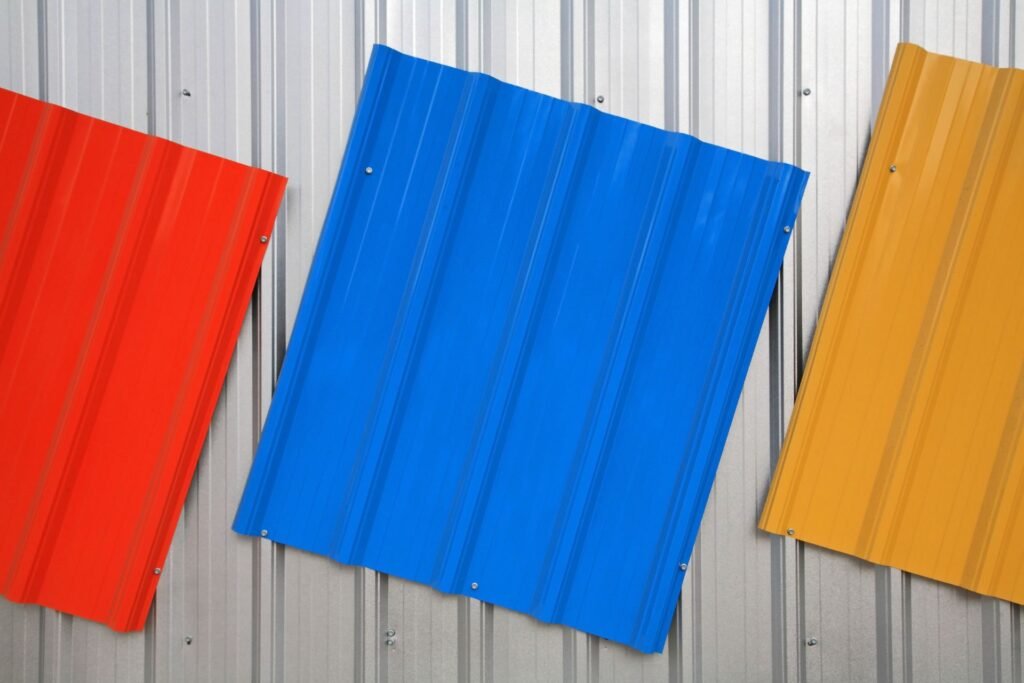
Steps In The Roof Replacement Process
Replacing a roof is a significant home improvement project that requires careful planning and execution. Here’s a detailed breakdown of what you can expect during each phase of the roof replacement process, ensuring a smooth and successful experience.
1. Initial Inspection and Quote
The roof replacement process begins with a comprehensive inspection by a roofing professional. This initial step is crucial to assess the current condition of your roof and identify any underlying issues that may need attention. During the inspection, the roofing expert will carefully examine every aspect of your roof, including shingles, flashing, gutters, and the underlying structure.
What to Expect
- Thorough Assessment: The inspector will look for signs of damage, such as missing or cracked shingles, leaks, and water stains. They may also check the integrity of the roof’s framework.
- Quoting Process: Based on the inspection, the roofing professional will provide a detailed quote outlining the scope of work, materials needed, and estimated costs. This quote should also include a timeline for the project, so you know what to expect in terms of duration.
2. Choosing Materials and Scheduling
Once the inspection is complete and you have a clear understanding of the project’s scope, the next step is selecting the materials and scheduling the work. Choosing the right roofing materials is essential to ensure the longevity and aesthetic appeal of your new roof.
Selection Tips
- Matching Materials: Consider the architectural style of your home and the local climate when selecting materials. For example, asphalt shingles are popular for their affordability and durability, while metal roofs offer excellent longevity and energy efficiency.
- Timing Considerations: The weather plays a crucial role in scheduling roof replacement. It’s important to choose a time when the weather is predictable, as extreme conditions like heavy rain or snow can delay the project and compromise the quality of the installation.
3. Removal of Old Roof
Before the new roof can be installed, the old one must be removed. This step involves careful planning and execution to ensure safety and minimize disruption to your daily routine.
Safety Measures
- Precautions Taken: Roofing professionals will take necessary safety precautions to protect your property and ensure the safety of the workers. This may include using protective coverings for landscaping and setting up barriers to keep debris contained.
- Disposal Process: The old roofing materials need to be disposed of properly. A reputable roofing company will follow environmentally responsible disposal practices, often recycling materials like metal and asphalt shingles.
4. Installation of New Roof
With the old roof removed, the installation of your new roof begins. This step requires precision and expertise to ensure that the roof is installed correctly and will stand the test of time.
Installation Steps
- Layering: The process starts with the installation of underlayment, which provides a waterproof barrier. Next, the shingles or other roofing materials are carefully layered and secured to create a durable and weather-resistant roof.
- Securing: Special attention is given to securing the roofing materials, especially in areas prone to wind and water penetration, such as valleys, ridges, and edges.
- Finishing Touches: The final touches, such as installing flashing around chimneys and vents, ensure that the roof is watertight and aesthetically pleasing.
Quality Assurance
- Standards Compliance: A quality roofing job adheres to industry standards and best practices. Your roofing contractor should perform regular checks throughout the installation to ensure everything is done correctly.
5. Final Inspection and Cleanup
Once the new roof is in place, the final phase of the roof replacement process involves a thorough inspection and cleanup. This step ensures that the project has been completed to your satisfaction and that your property is left in excellent condition.
Inspection Checklist
- What Professionals Look For: The final inspection will cover all aspects of the installation, checking for any missed spots, ensuring the shingles are securely fastened, and verifying that the flashing and gutters are properly installed. This inspection is critical to catch any potential issues before they become problems.
Site Cleanup
- Leaving the Property in Good Condition: After the inspection, the roofing crew will clean up the site, removing any debris, nails, and leftover materials. The goal is to leave your property as clean as it was before the project began, with the addition of a brand-new roof.
In conclusion, understanding each step of the roof replacement process helps you stay informed and prepared throughout the project. By choosing the right materials, scheduling wisely, and working with experienced professionals, you can ensure a successful roof replacement that adds value and protection to your home.
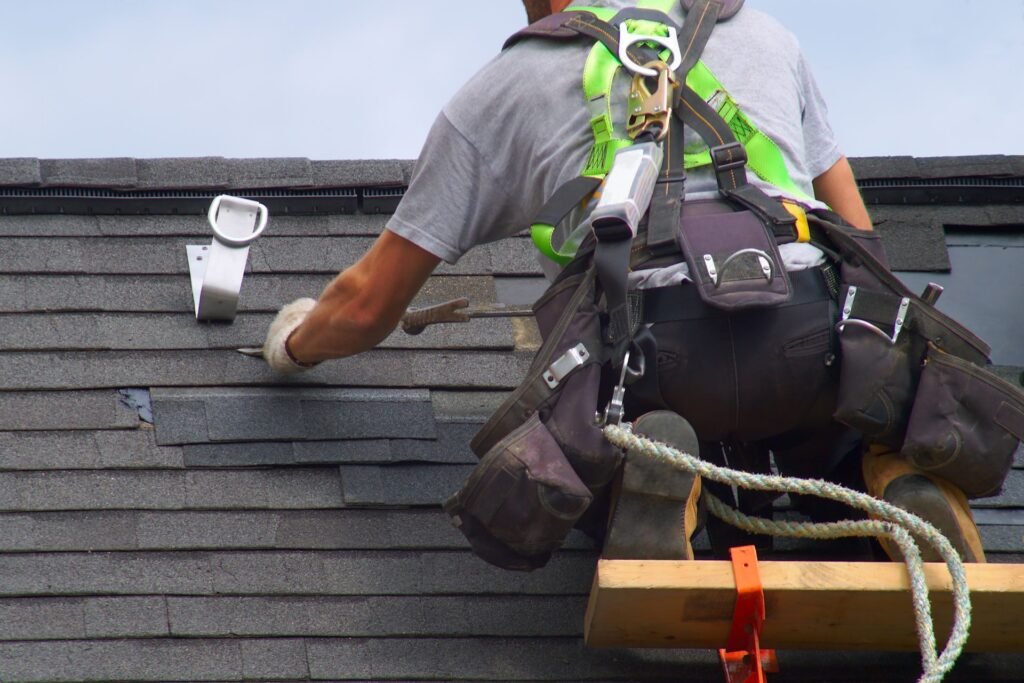
Tips For Reducing Roof Replacement Costs
Replacing a roof is a significant investment, and like any major home improvement project, the costs can quickly add up. However, with a few smart strategies, you can minimize these expenses without compromising on quality. Here are some practical tips to help you reduce roof replacement costs.
1. Get Multiple Quotes
When it comes to roof replacement, getting multiple quotes is crucial. This not only helps you find the best deal but also gives you a clearer picture of the market rate for the work. But, it’s not just about picking the lowest price—knowing how to compare quotes effectively can save you money in the long run.
- What to Look for in Quotes: Don’t just glance at the total cost. Pay attention to the details, such as the type of materials being used, the scope of work, warranties, and any potential hidden fees. A more expensive quote might include high-quality materials and a better warranty, offering better long-term value. Ask questions if something isn’t clear, and make sure you’re comparing apples to apples.
2. Choose the Right Time
The timing of your roof replacement can significantly affect the cost. Many homeowners aren’t aware that there’s an off-season for roofing, which can be leveraged to your advantage.
- Off-Season Benefits: Roofing contractors tend to be less busy during certain times of the year, such as late winter or early spring. During these off-peak seasons, you might be able to negotiate a discount or find contractors offering lower rates to keep their crews working. Additionally, by planning your roof replacement during these less busy times, you might experience faster service, as contractors aren’t juggling multiple jobs.
3. DIY vs Professional Replacement
While the idea of replacing your roof yourself might seem like a cost-saving measure, it’s important to carefully weigh the risks and potential savings before diving in.
- Risks and Savings: DIY roof replacement can save you money on labor costs, but it’s not a task to be taken lightly. Roofing requires specific skills and experience; mistakes can lead to costly repairs down the line, or worse, safety hazards. If you have prior experience and the proper tools, a DIY approach might be viable for small repairs. However, for a full replacement, hiring professionals is often the safer, more cost-effective choice in the long run. Pros have access to better materials, can spot potential issues you might miss, and provide warranties that DIY jobs can’t offer.
4. Regular Maintenance
One of the best ways to reduce the cost of roof replacement is to extend the lifespan of your current roof through regular maintenance. By staying on top of small issues, you can prevent them from turning into larger, more expensive problems.
- Preventive Measures: Regular inspections, cleaning, and minor repairs can significantly prolong the life of your roof. Clear debris, fix small leaks, and replace damaged shingles as soon as they’re noticed. These preventive measures keep your roof in good condition, reducing the frequency of costly full replacements. Moreover, a well-maintained roof is less likely to suffer from severe damage during storms, which can save you from emergency repair costs.
By following these tips, you can make informed decisions that will help you keep your roof replacement costs down while ensuring your home stays safe and protected.
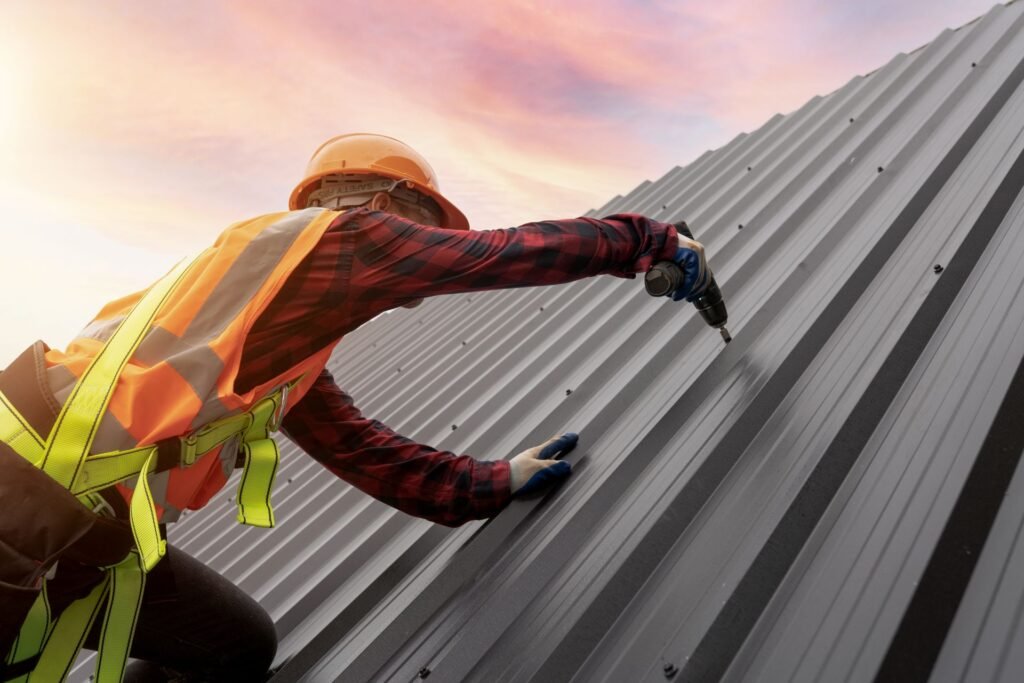
Financing Options For Roof Replacement
When it comes to replacing a roof, the cost can be significant. It’s crucial to explore various financing options to ensure you’re making the best decision for your financial situation. Here’s a detailed breakdown of the different ways you can finance a roof replacement, from saving up to taking out loans or even leveraging insurance coverage.
Saving Up
Budgeting Tips: Setting Aside Funds Over Time
Saving up for a roof replacement is often the most straightforward and cost-effective method, especially if you’re not in a rush. However, it requires careful planning and discipline. Start by estimating the total cost of the replacement and then break it down into smaller, more manageable monthly savings goals. Consider setting up a separate savings account dedicated to your roofing fund to avoid spending the money on other expenses. You might also want to cut back on non-essential spending or find additional income streams to speed up the process.
Loans and Mortgages
Home Improvement Loans: Types and Eligibility
If saving up isn’t a feasible option, you might consider taking out a home improvement loan. These loans are specifically designed for renovations and repairs, including roof replacements. There are several types of home improvement loans available:
- Personal Loans: Unsecured loans that can be used for any purpose, including roof replacement. They often have higher interest rates but don’t require collateral.
- Home Equity Loans: These loans allow you to borrow against the equity in your home. They typically offer lower interest rates since your home is used as collateral.
- Government Loans: In some cases, you might be eligible for government-backed loans that come with favorable terms for home improvements.
To qualify for these loans, you’ll need to meet certain criteria, such as having a good credit score, sufficient income, and in the case of home equity loans, enough equity in your home.
Mortgage Refinancing: Using Equity for Roof Replacement
Another financing option is mortgage refinancing, where you replace your existing mortgage with a new one, often at a lower interest rate or with different terms. If your home has appreciated in value, refinancing can allow you to access the equity you’ve built up and use it for your roof replacement. This option might be attractive if you’re looking to spread the cost of the roof over the long term while possibly lowering your monthly mortgage payments.
Insurance Claims
Coverage Criteria: When Insurance Might Cover Roof Replacement
In some cases, your homeowners’ insurance might cover the cost of a roof replacement, particularly if the damage is due to a covered peril like a storm, fire, or vandalism. It’s essential to review your insurance policy carefully to understand what is covered and what isn’t. Factors such as the age of the roof, the type of damage, and the specific terms of your policy will all play a role in determining whether your roof replacement is covered.
Claim Process: Steps to Successfully File a Claim
If you believe your roof replacement should be covered by insurance, the first step is to document the damage thoroughly. Take photos, keep receipts, and get a detailed report from a qualified roofing contractor. Next, contact your insurance company to start the claims process. You’ll likely need to meet with an insurance adjuster who will assess the damage and determine the amount of coverage. Be sure to follow up regularly to ensure your claim is processed promptly. It’s also a good idea to be aware of any deductibles you’ll need to pay and whether the insurance payout will cover the full cost of the replacement or just a portion.
By understanding and exploring these financing options, you can make an informed decision that best suits your financial situation and ensures your roof replacement is done efficiently and effectively.
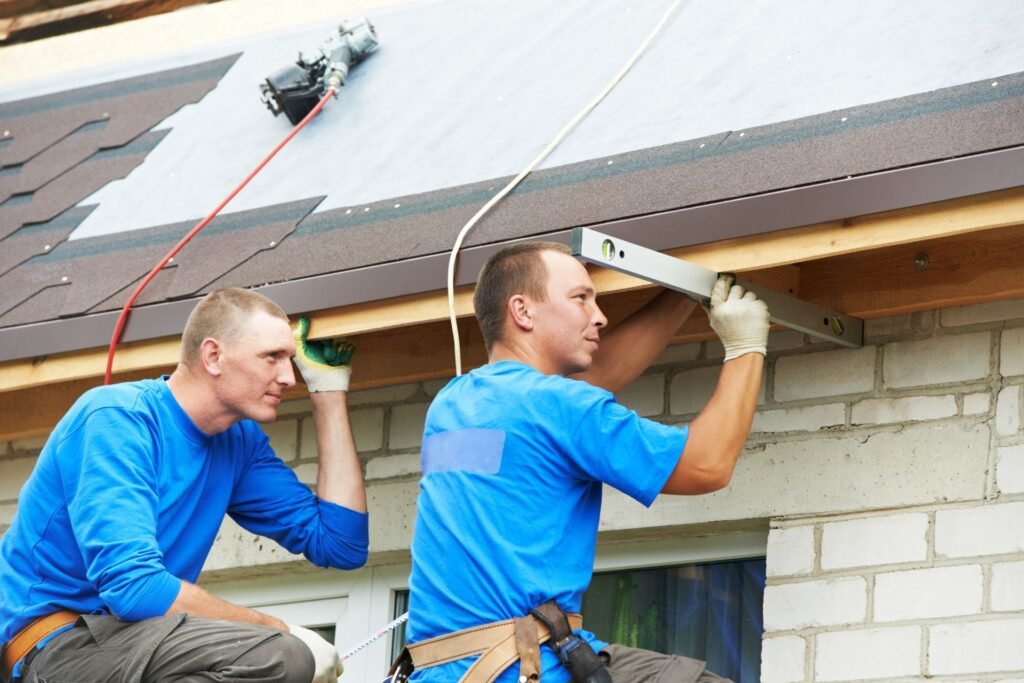
Real-Life Case Studies
When it comes to understanding the costs and challenges associated with roofing projects, real-life examples offer invaluable insights. By exploring actual case studies, we can better appreciate the complexities and variables that influence both the cost and the success of these projects. Let’s dive into two distinct examples—a typical suburban home and a historic home with a complex roof design—that illustrate the diverse nature of roofing work.
Example 1: A Typical Suburban Home
Cost Breakdown: Material, Labor, and Additional Costs
For a typical suburban home, roofing costs generally break down into three main categories: materials, labor, and additional costs such as permits or unexpected repairs. In this case, the homeowners opted for a mid-range asphalt shingle, a popular choice due to its balance between cost and durability. The material itself accounted for roughly 40% of the total expense.
Labor costs were the next significant portion, making up about 50% of the total. Skilled labor is crucial for ensuring that the roofing is not only installed correctly but also capable of withstanding the elements for many years. This part of the cost can vary depending on the complexity of the roof’s design, the experience of the crew, and the local labor market.
Additional costs in this project included the replacement of some damaged decking and upgrading the insulation, which added an extra 10% to the budget. Permits and waste disposal were relatively minor expenses but still essential to the project’s overall success.
Timeline and Outcome: How Long It Took and Final Results
The entire project, from the initial consultation to the final inspection, took about three weeks. This included a few days of unexpected weather delays, which is common in many roofing projects. The actual roofing installation was completed in just under two weeks.
The final outcome was a durable, aesthetically pleasing roof that complemented the home’s exterior. The homeowners were particularly pleased with how the new roof improved their home’s curb appeal and energy efficiency. Additionally, they felt confident that the investment would pay off in the long run, both in terms of longevity and increased property value.
Example 2: A Historic Home with Complex Roof Design
Challenges and Solutions: Unique Issues Faced and How They Were Resolved
Roofing a historic home presents a unique set of challenges. In this case, the roof featured a complex design with multiple gables and intricate detailing that required special attention. One of the main issues was preserving the home’s architectural integrity while upgrading to modern roofing materials.
The roofing team encountered several challenges, including matching the existing roof’s appearance with newer materials and navigating strict local regulations concerning historic properties. The solution involved custom-manufactured materials that mimicked the original roof’s look while providing enhanced durability. Additionally, the team worked closely with preservation experts to ensure compliance with all relevant guidelines.
Another challenge was the structural condition of the roof itself. Years of wear and tear had weakened some areas, necessitating extensive repairs before the new roof could be installed. This added time and cost to the project, but it was crucial for ensuring the roof’s long-term stability.
Final Costs: Comparison to Average Costs
Due to the complexity of the design and the additional preservation requirements, the final cost of this project was significantly higher than that of a typical suburban home. In fact, the total expense was nearly double the average cost of a standard roof replacement. However, the homeowners understood that preserving the historic value of their property was worth the extra investment.
Despite the higher costs, the outcome was a beautifully restored roof that maintained the historic character of the home while providing modern protection against the elements. The homeowners were not only satisfied with the aesthetic results but also confident in the roof’s ability to safeguard their home for many years to come.
These case studies highlight the importance of considering all factors when planning a roofing project. Whether you’re working on a straightforward suburban home or a complex historic property, understanding the potential costs, challenges, and timelines can help you make informed decisions and achieve the best possible outcome for your roof.
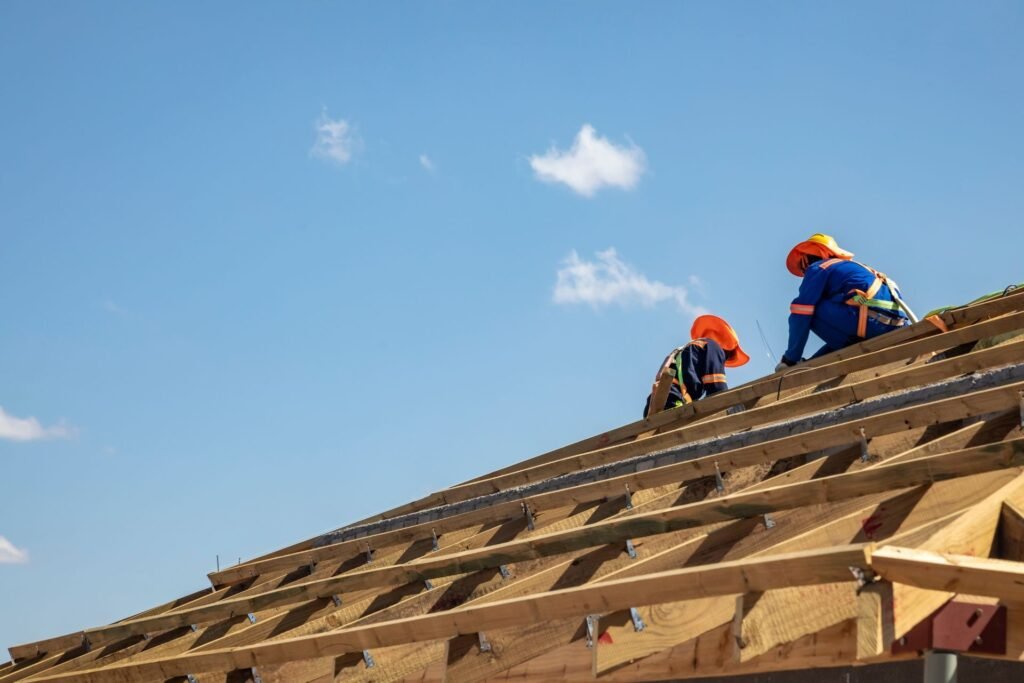
FAQs: About Roof Replacement Cost NZ
How long does a roof replacement typically take in New Zealand?
A roof replacement in New Zealand typically takes anywhere from a few days to a couple of weeks, depending on the size and complexity of the roof, weather conditions, and the efficiency of the roofing contractor. Simple, straightforward projects may be completed in 3-5 days, while more complex or larger roofs can take up to two weeks or more.
What are the most cost-effective roofing materials available in New Zealand?
The most cost-effective roofing materials in New Zealand include asphalt shingles and metal roofing. Asphalt shingles are popular due to their affordability and ease of installation. Metal roofing, while slightly more expensive upfront, offers durability and low maintenance costs, making it a cost-effective option in the long run.
How can I tell if my roof needs to be replaced rather than repaired?
Signs that your roof may need replacement rather than repair include extensive leaks, widespread shingle damage or missing shingles, sagging areas, and visible signs of aging such as curling or cracking. If your roof is more than 20-25 years old, it may be time to consider a full replacement.
What additional costs should I anticipate during a roof replacement?
Additional costs during a roof replacement can include the removal and disposal of the old roof, structural repairs to the underlying roof deck, permit fees, and potential upgrades such as improved insulation or new gutters. These costs can add several thousand dollars to the overall project budget.
Are there any financing options available for roof replacement in New Zealand?
Yes, several financing options are available for roof replacement in New Zealand. Homeowners can consider home improvement loans, mortgage refinancing, or using a personal loan to cover the costs. Additionally, some roofing contractors offer financing plans or payment options to help spread out the expense.
Can I stay in my home during the roof replacement process?
In most cases, you can stay in your home during the roof replacement process. However, be prepared for noise and some disruption. If extensive structural repairs are needed or if there are safety concerns, you may need to make alternative arrangements for a few days.
How often should a roof be replaced in New Zealand?
The frequency of roof replacement depends on the roofing material and the local climate. Asphalt shingles typically last 15-20 years, metal roofing can last 40-70 years, and tile roofs can last up to 100 years with proper maintenance. Regular inspections and maintenance can help extend the lifespan of your roof.
What is the best time of year to replace a roof in New Zealand?
The best time to replace a roof in New Zealand is during the late spring to early autumn months (October to April) when the weather is generally more stable and conducive to roofing work. Avoiding the winter months reduces the risk of weather-related delays and complications.
Will my homeowner’s insurance cover the cost of a roof replacement?
Homeowner’s insurance may cover the cost of a roof replacement if the damage is due to a covered peril, such as a storm or fire. However, it typically does not cover replacement due to normal wear and tear or age. Check with your insurance provider to understand your policy coverage and any potential claims process.
How can I ensure I choose a reputable roofing contractor in New Zealand?
To choose a reputable roofing contractor in New Zealand, start by seeking recommendations from friends, family, or online reviews. Verify the contractor’s credentials, such as licenses and insurance. Request multiple quotes and compare them based on price, scope of work, and warranty offered. Additionally, ask for references and follow up with previous clients to gauge their satisfaction with the contractor’s work.
Conclusion
In conclusion, understanding the key factors that influence roof replacement costs in New Zealand is crucial for homeowners looking to make informed decisions. From the type of roofing material and the complexity of your roof’s design to local labor rates and necessary permits, each element plays a significant role in determining the final expense. Investing in a quality roof is not just about immediate costs but also about ensuring long-term durability and protection for your home, which can save you money on repairs and energy bills down the line. To make the best decision for your property, it’s advisable to seek a professional inspection or obtain a detailed quote, ensuring you’re fully aware of what’s involved and can plan your budget accordingly.
About the Author:
Mike Veail is a recognized digital marketing expert with over 6 years of experience in helping tradespeople and small businesses thrive online. A former quantity surveyor, Mike combines deep industry knowledge with hands-on expertise in SEO and Google Ads. His marketing strategies are tailored to the specific needs of the trades sector, helping businesses increase visibility and generate more leads through proven, ethical methods.
Mike has successfully partnered with numerous companies, establishing a track record of delivering measurable results. His work has been featured across various platforms that showcase his expertise in lead generation and online marketing for the trades sector.
Learn more about Mike's experience and services at https://theleadguy.online or follow him on social media:

